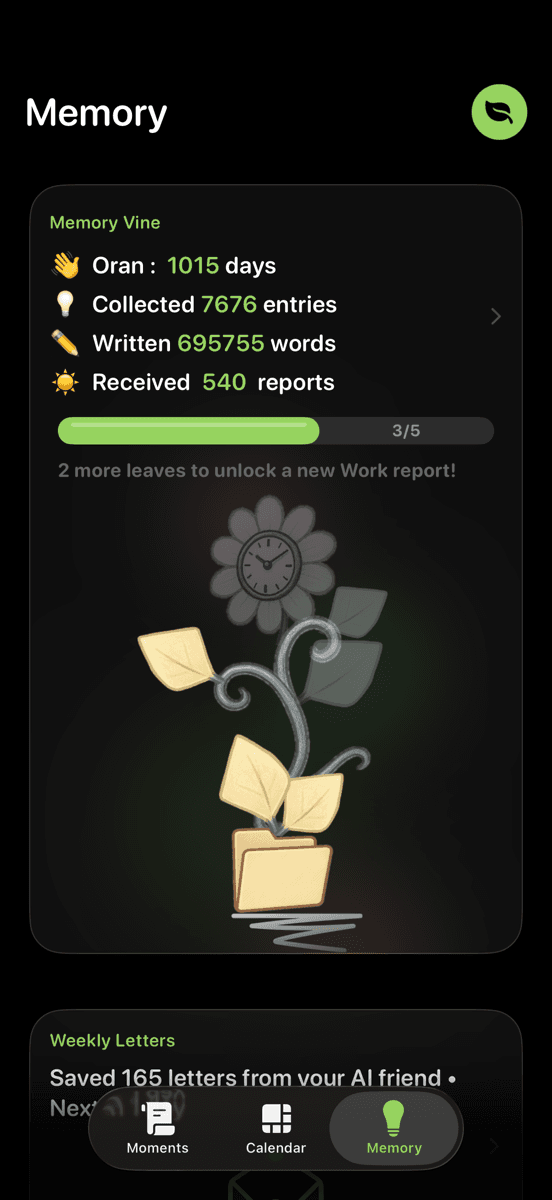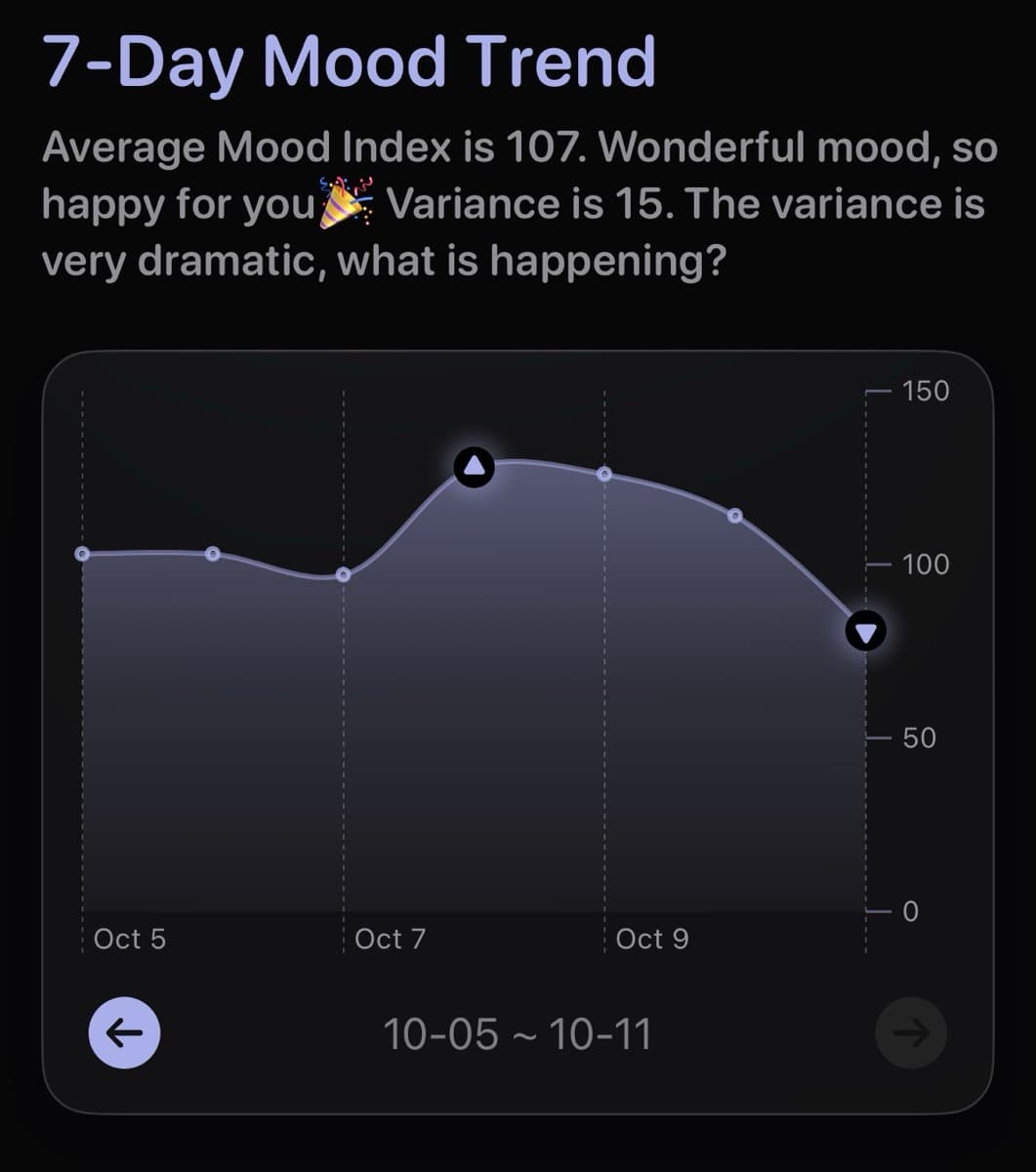You're not anxious because you're not doing enough. You're anxious because you're doing too much—and calling it "productivity."
If you're a high-achiever caught in the productivity-anxiety trap, this is for you.
The Productivity-Anxiety Trap
Hustle culture = anxiety culture. The constant message: do more, work harder, optimize every minute. But here's what they don't tell you:
- "I'll rest when..." → You never rest → Baseline anxiety increases
- Productivity apps tracking every minute → Performance anxiety intensifies
- Social media comparison → Inadequacy → Overwork → Burnout → More anxiety
The more "productive" you become, the more anxious you feel. It's a vicious cycle.
15 Signs You're in the Loop
- Can't relax without guilt
- "Productive" days still feel inadequate
- Every hobby becomes a side hustle
- Rest feels like failure
- Always behind despite working more hours
- Anxiety increases as productivity increases (the paradox)
- Checking email before getting out of bed
- Working through lunch, evenings, weekends
- Can't remember last time you did "nothing"
- Worthiness tied to output
- Comparing yourself to others' productivity
- Multiple productivity apps and still anxious
- Difficulty saying "no" to new commitments
- Burnout symptoms ignored as "just tired"
- Panic when task list doesn't empty
The Neuroscience of Why This Happens
Dopamine Addiction Cycle
Checking boxes off your to-do list creates dopamine hits. Your brain gets addicted to this reward cycle, needing more and more "productivity wins" to feel satisfied. The bar keeps rising.
Cortisol Stays Elevated
Constant productivity stress keeps cortisol (stress hormone) elevated. You can't access your rest-and-digest nervous system. Your body stays in fight-or-flight mode.
Productivity as Avoidance
Being busy becomes a way to avoid uncomfortable feelings. But avoidance reinforces anxiety—you never process what you're running from.
Breaking the Loop
Step 1: Track the Real Data
I tracked my anxiety and productivity for 30 days with Lifelight. The results shocked me:
On my "most productive" days (10+ hours, inbox zero, completed task list), my anxiety rating was 7-8/10. On "moderate productivity" days (6-7 hours, left office on time), anxiety was 3-4/10.
I'd convinced myself working harder would reduce anxiety ("once everything's done, I'll relax"). The data proved working harder CAUSED the anxiety.
This realization only happened because I had visual proof I couldn't argue with. Lifelight's pattern recognition showed me what my denial couldn't see.
Step 2: Redefine Productivity
- Output ≠ hours worked: Results matter, not time spent
- Rest IS productive: Recovery enables performance
- Sustainable pace > sprint burnout: Marathon, not sprint
- "Good enough" is actually good enough: Perfectionism is productivity's evil twin
Step 3: Set Anti-Productivity Rules
- No work email after 7pm (hard stop)
- One full "off" day per week (no productive anything)
- End workday with incomplete task list (practice discomfort)
- Delete productivity tracking apps (at least temporarily)
- Hobbies must stay hobbies (no monetizing everything)
Step 4: Address Underlying Anxiety
The productivity obsession often masks deeper issues:
- Fear of failure: If I'm always productive, I can't fail
- Worthiness tied to output: I'm only valuable if I'm producing
- Comparison and inadequacy: Everyone else seems more successful
- Avoidance coping: Activity distracts from uncomfortable feelings
These require therapy or deep self-work to resolve. Productivity hacks won't fix worthiness wounds.
What Healthy Productivity Actually Looks Like
- Sustainable pace (40-50 hours max for most people)
- Deep work blocks with genuine rest periods
- Saying "no" more than saying "yes"
- Results over hours
- Energy management over time management
- Rest without guilt
- Downtime as essential, not optional
- Productivity serves life—life doesn't serve productivity
The 30-Day Productivity Reset Challenge
Week 1: Track current productivity + anxiety correlation (use Lifelight or simple journal)
Week 2: Implement one anti-productivity rule (start with email curfew)
Week 3: Practice "good enough" in low-stakes areas (perfectionism detox)
Week 4: Full evaluation and create sustainable plan going forward
Case Studies
Maria, 35, Marketing Director: "I worked 70-hour weeks thinking I was 'crushing it.' Actually, I was crushing myself. When I tracked my actual output vs. hours, I realized my best work happened in 25-hour weeks with real rest. The other 45 hours were anxiety-driven busy work."
David, 29, Startup Founder: "I thought entrepreneurs had to hustle 24/7. Then I had a panic attack in a meeting and couldn't ignore it anymore. Cutting my hours to 45/week actually increased my revenue—I was making better decisions when I wasn't exhausted and anxious."
Priya, 42, Lawyer: "The billable hours culture destroyed my mental health. I started saying no to new clients when my plate was full. Terrifying at first. But my anxiety decreased so much that I became a better lawyer for my existing clients. I make the same money in fewer, better hours."
The Solution
The solution to productivity-driven anxiety isn't to be more productive. It's to be less obsessed with productivity.
Your worth isn't measured in output. You're not a machine. You're a human being who needs rest, play, connection, and downtime to function optimally.
Start tracking the real relationship between your productivity and anxiety. The data will set you free from the hustle culture lies.
You're allowed to rest. You're allowed to do "nothing." You're allowed to be enough without producing anything.
Breaking free from the productivity-anxiety loop is the most productive thing you'll ever do.


